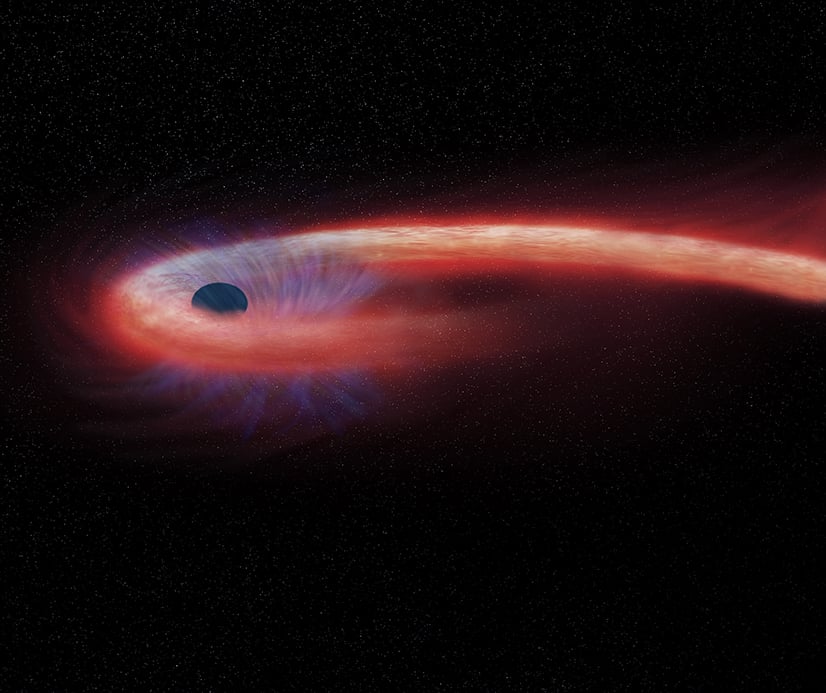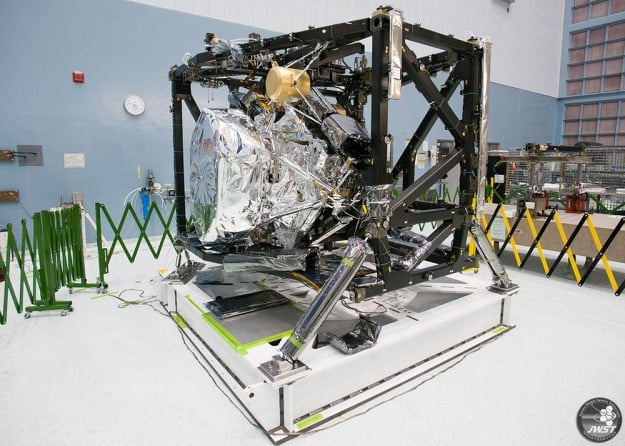
A team of researchers with the ESA propose an upgrade for the LISA mission (LISAMax), which could revolutionize gravitational wave astronomy!
Continue reading

Continue reading

Continue reading

Before going into hibernation, China's Zhurong rover found evidence that water recently existed in small patches on Mars (and might still!)
Continue reading

Continue reading

Continue reading

Lunar colonists may use microwaves to extract water from the Moon's surface.
Continue reading

Continue reading

Continue reading

Continue reading

Continue reading

Continue reading

Continue reading

Using gravitational lenses, a team of astronomers showed how axions could be the particle that makes up Dark Matter.
Continue reading

Some black holes are truly monsters, and astronomers are pretty good at determining just how large they are.
Continue reading

A 'barely there' lunar eclipse will flirt with the shadow of the Earth Friday evening.
Continue reading

Using Webb, a team of scientists may have detected water vapor in a rocky exoplanet's atmosphere (though the signal may have come from the star).
Continue reading

Continue reading

Continue reading

Continue reading

Airbus just shard its design for the Airbus LOOP, a Multi-Purpose Orbital Module that could be used in future space stations and long-duration spacecraft.
Continue reading

Continue reading

Continue reading

Continue reading

Continue reading

Continue reading

A fluffy hot jupiter has an orbit that doesn't line up with the rotation of its star.
Continue reading

Continue reading

Continue reading

After the Starship's orbital flight test ended in an explosion, SpaceX is grounded while the FAA performs an assessment.
Continue reading

Two stars are in the process of merging, but they will become black holes before they do.
Continue reading

Continue reading

Continue reading

When it comes to supernovae, what is the minimum safe distance for habitable planets? Larger than we thought.
Continue reading

Continue reading

Continue reading

Continue reading

Through the MUREP Partnership Learning Annual Notification, NASA is looking for input from Minority Serving Institutions (MSIs) for its "Moon to Mars" mission architecture.
Continue reading

A black hole munching on a star may have caused one of the brightest transients every observed.
Continue reading

Gravitational waves from known pulsars might be used to probe the interior of the Sun.
Continue reading

Continue reading

A study shows how next-generation Extremely Large Telescopes are going to let astronomers get a glimpse of what's going on in distant atmospheres!
Continue reading

A new model argues that strange, star-like objects might appear similar to black holes.
Continue reading

Continue reading

The United Arab Emirates Hope orbital mission to Mars sent home new beautiful high-resolution images of the Red Planet's moon Deimos when it flew within 100 km of the moon last month.
Continue reading

Continue reading

Continue reading

Continue reading

Continue reading

The NASA Entrepreneur Challenge is seeking new ideas for delivering lunar payloads and advancing climate science.
Continue reading

 Universe Today
Universe Today
















































